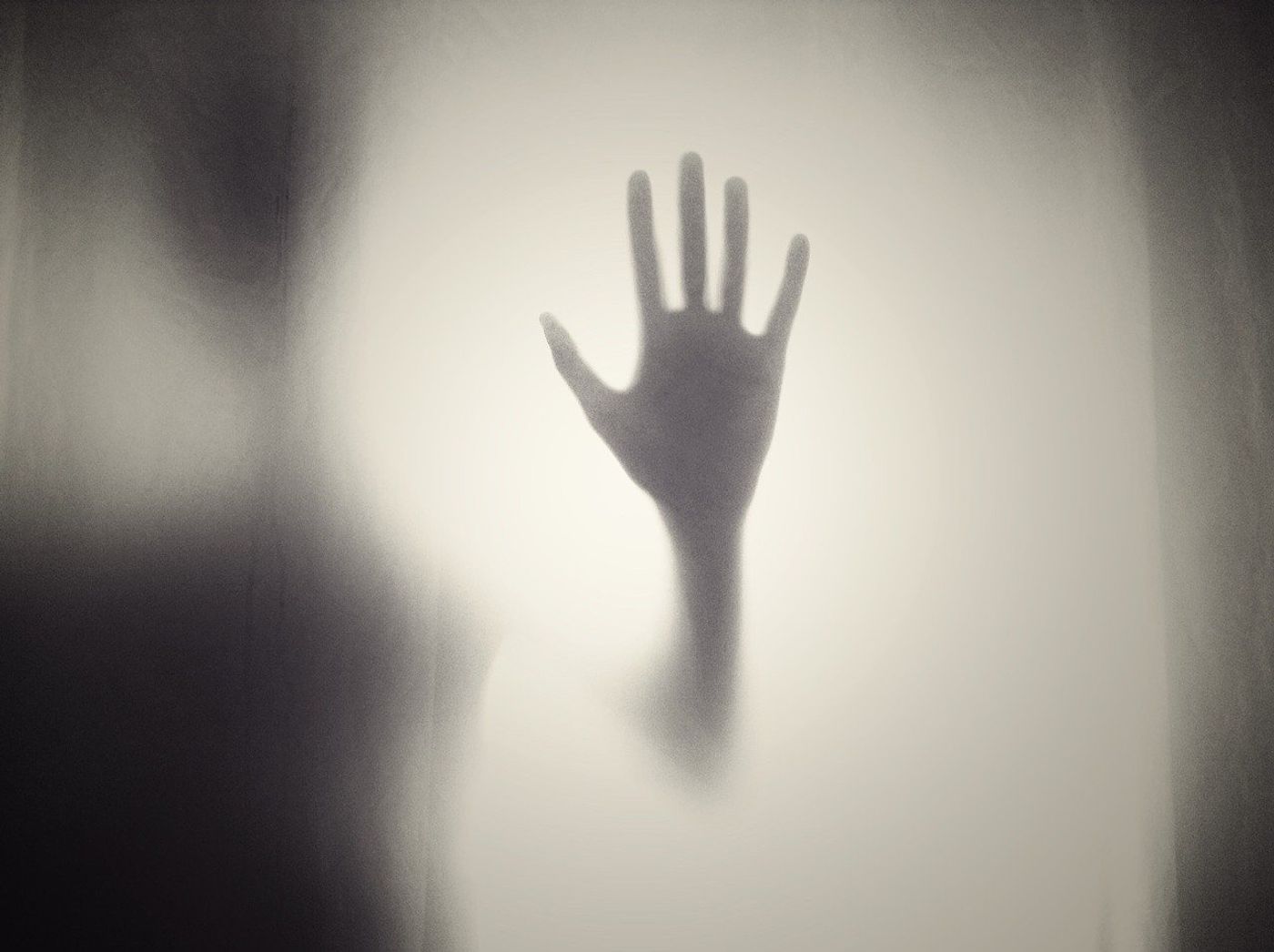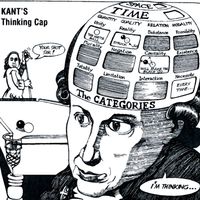Very, Very Frightening: Why We Love Horror Movies
In film, horror takes many forms. Consider the concept of “the sunken place,” in Jordan Peele’s 2017 film, Get Out, or the shower scene in Alfred Hitchcock’s 1960 film, Psycho. Then there’s the slice-and-dice slasher genre. Consider The Texas Chain Saw Massacre and Saw series, whose main Bad Guy becomes a sort of iconic Boogie Man — like A Nightmare on Elm Street’s Freddy Krueger or Halloween’s Michael Myers, Leatherface and Jigsaw are bizarre, revolting, and disturbing creatures. Of course, we can’t leave out the horror thriller genre, which includes films like 28 Days Later, The Lighthouse, or The Purge series. Last, but neither the least nor exhaustive of the horror film, there are the supernatural frighteners. The Omen (1976) is a classic example, but look no further than the Conjuring series for a more recent example.
Given the seemingly unlimited supply of horror movies to watch this Halloween – and year-round – it’s clear people like to be afraid. Why? What is so attractive about feeling fear in the safety of a movie theater (or, these days, your own home)? University of Turku’s Lari Nummenaa has some answers. In the paper, “Psychology and neurobiology of horror movies,” the head of Tuku’s Human Emotion Systems lab concludes, “The paradoxical appeal of horror movies stems from three factors – universal human curiosity even towards morbid and threatening subjects, mixing of emotions of fear and excitement in the brain, as well as the capability to learn about [their] own emotionality anddangerous situations safely in the context of movies.”
What’s the point of fear? From an evolutionary standpoint, it’s “a protective mechanism that acts as [our] “survival intelligence””. It’s more complex than dread, though the latter is one of its modes. In general, stimulating and then resolving fear, without having to confront a real threat, generates a feeling of safety. We find watching another person confront and overcome a frightening series of events satisfying.
More specifically, as Nummenaa explains, “Because humans are an inherently social species, we have the tendency to automatically share emotions with each other – even with the characters in a movie.” So, when those characters escape or eliminate a terrible threat, as does the character played by Jamie Lee Curtis in Halloween and the character played by Daniel Kaluuya in Get Out, we feel relief and its accompanying satisfaction.
The team in Nummenaa’s Human Emotion Systems lab set out to answer questions about the relation between fear and horror movies: Why do we find a specific type of horror movie enjoyable? Why, in general, do we enjoy horror movies — why are horror movies popular? Why are we willing to pay to be shocked and frightened?
In the study, Nummenaa’s team homed in on what we find attractive about entertainment — specifically the relation between visual and auditory sensations, and the feeling of fear. The team ranked the most common phobias in adults, from dentists and spiders to becoming ill and someone close to you becoming ill or dying. As Nummenaa points out, “studies have consistently shown that phobias are most commonly associated with situations and events that are evolutionarily significant and actually dangerous, such as snakes, spiders, heights, and other humans.” These fears parallel horror genre rankings. For example, adults are less frightened of the teen and gothic horror movies than they are of the real event and psychological horror genres.
The team also paid attention to the role sound plays in horror movies. “The soundscape of dread” heightens tension and fear — Nummenaa reminds us, “practically no horror movie feels particularly scary if watched with sound turneddown!” Though we navigate primarily by eyesight, sound alerts us to what we cannot see. (That spelunking monster movie, The Descent (2005) leveraged the fear we feel when we can’t see what’s right in front of us, ready to rip open our guts.) As with frightening events, the timing of the soundscape is crucial. From noises like screams to music that ramps up to climactic terror, “specific sounds and sound types can automatically turn on the brain’s survival circuits,” Nummenaa writes.
Still another feature of horror movie success — that is, a movie that becomes a fear machine — is suspense. The more the viewer is exposed to “looming uncertainty and suspense,” the more likely they are to entertain notions ordinarily rejected out of hand. For example, suspense primes the viewer to suspend disbelief in supernatural creatures. We’re more likely to entertain the possibility of ghosts when our ordinary epistemological points of reference are systematically undermined. Poltergeist (1982) and The Ring (2002) come to mind.
Indeed, we are curious creatures — we want to know, and we are, Nummenaa asserts, fascinated with “the unusual.” At the same time, we want to prepare ourselves for legitimately fearful events and the emotions they precipitate, such as sadness and anxiety. After all, we are not immune to traumatic events —injuries, illnesses, and deaths, for example. One way to practice preparing for them is to watch a simulation that stimulates and engages our emotions.
As Nummenaa explains, “Learning how different emotions feel and being exposed to them in a safe, controllableenvironment builds up psychological resilience [and] helps in dealing with difficult emotions in real life.” Though this summation is not new, what is new is the scientific explanation that underlies it. The extensive surveying and brain imaging not helped the researchers disentangle the symphony of sights and sounds that contribute to the feeling of fear. It also helped the Human Emotion Systems lab team extend, deepen, and clarify our understanding of fear’s potency.
Perhaps one of the most interesting findings is the connection between fear and knowledge. Given our predilection for control, which is facilitated by knowledge, fear may serve as an impetus to know. Consider the scientific enterprise as fueled in large part by human curiosity. Add to that the results of successful scientific investigation generate predictive capacities and the fact that we rely on successful prediction to control our environment. All this suggests that the resolution of fear is control of our lives and surroundings — or at least the belief that we do have such control.
One way to think about fear is as a response to ignorance. If we don’t know why something is happening — we don’t know the cause or causes of the event — we can’t clearly and coherently anticipate what will happen next. As far back as Aristotle — one of our original empirical theorists — knowledge involves understanding why something happens, not just that it does. Knowing that a frog develops from a tadpole, is not nearly as valuable as knowing why it does. Of course, as we see elsewhere at Labroots, knowing the causes of things can lead us in some very disconcerting directions.












